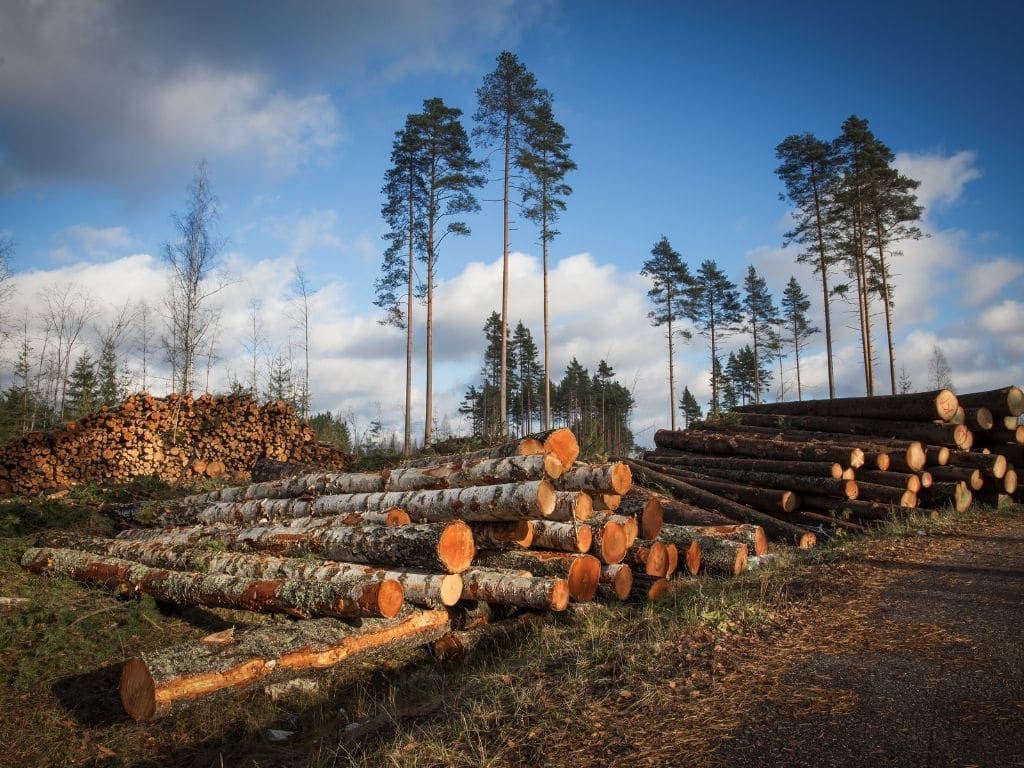Understanding the Causes of Environmental Degradation
Environmental degradation is a pressing global issue that poses a significant threat to the health of our planet and future generations. To effectively address this problem, it is crucial to understand the underlying causes that contribute to environmental degradation. In this blog, we will explore the primary drivers of environmental degradation and their implications for our ecosystems and well-being.
Deforestation:
Deforestation stands as one of the leading causes of environmental degradation. Rapid urbanization, commercial agriculture, and unsustainable logging practices result in the clearing of vast forested areas. This loss of trees not only contributes to habitat destruction and biodiversity loss but also significantly impacts climate change by reducing carbon sequestration.
Pollution:
Different forms of pollution, including air, water, and soil pollution, have severe consequences for the environment. Industrial activities, improper waste management, and the use of harmful chemicals contaminate the air we breathe, the water we drink, and the soil that sustains plant and animal life. Pollution not only harms ecosystems but also poses health risks to humans and wildlife.
Climate Change:
The emission of greenhouse gases from human activities, such as burning fossil fuels and deforestation, is the primary driver of climate change. The resulting increase in global temperatures leads to rising sea levels, altered weather patterns, and the loss of crucial habitats. Climate change threatens ecosystems, disrupts biodiversity, and intensifies natural disasters, impacting both human and animal populations.
Overexploitation of Natural Resources:
The unsustainable extraction of natural resources, including minerals, water, and fish, has severe implications for the environment. Overfishing depletes marine ecosystems, deforestation exhausts timber resources, and excessive water extraction leads to water scarcity and ecosystem imbalances. Responsible management of natural resources is crucial to prevent further environmental degradation.
Urbanization and Land Degradation:
The rapid growth of cities and the expansion of urban areas contribute to land degradation. The conversion of natural habitats into concrete landscapes results in habitat loss, soil erosion, and disruption of ecological processes. Sustainable urban planning and land management practices are essential to mitigate the negative impacts of urbanization.
Conclusion:
Understanding the causes of environmental degradation is vital for developing effective strategies to address and mitigate these challenges. By recognizing the role of deforestation, pollution, climate change, overexploitation of resources, and urbanization, we can take proactive steps towards sustainable practices and conservation efforts. It is crucial for individuals, communities, industries, and governments to work together to reverse the damage and restore the health of our planet for current and future generations. Only through collective action can we ensure a sustainable and thriving environment for all.


Well-written
ReplyDelete